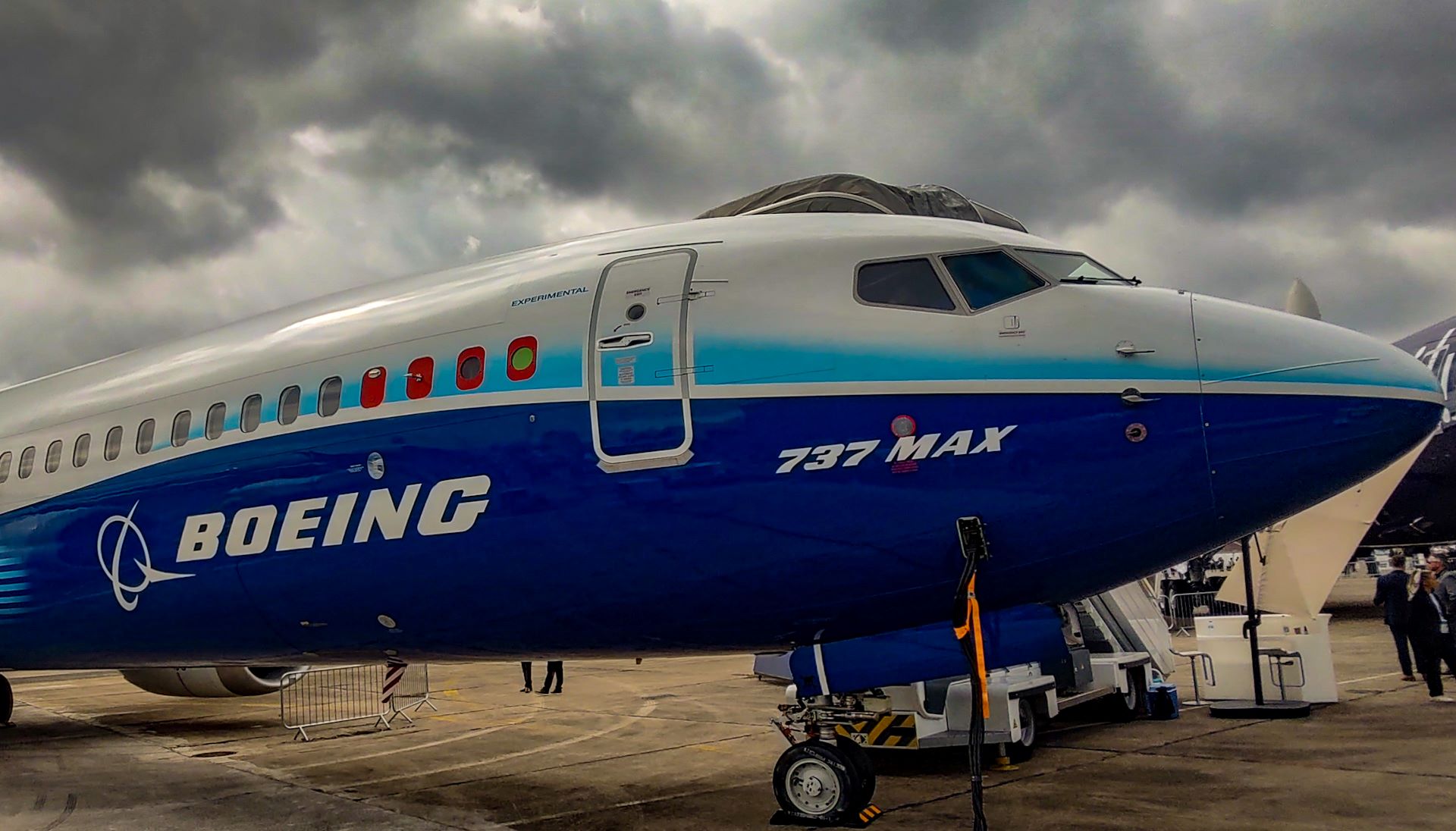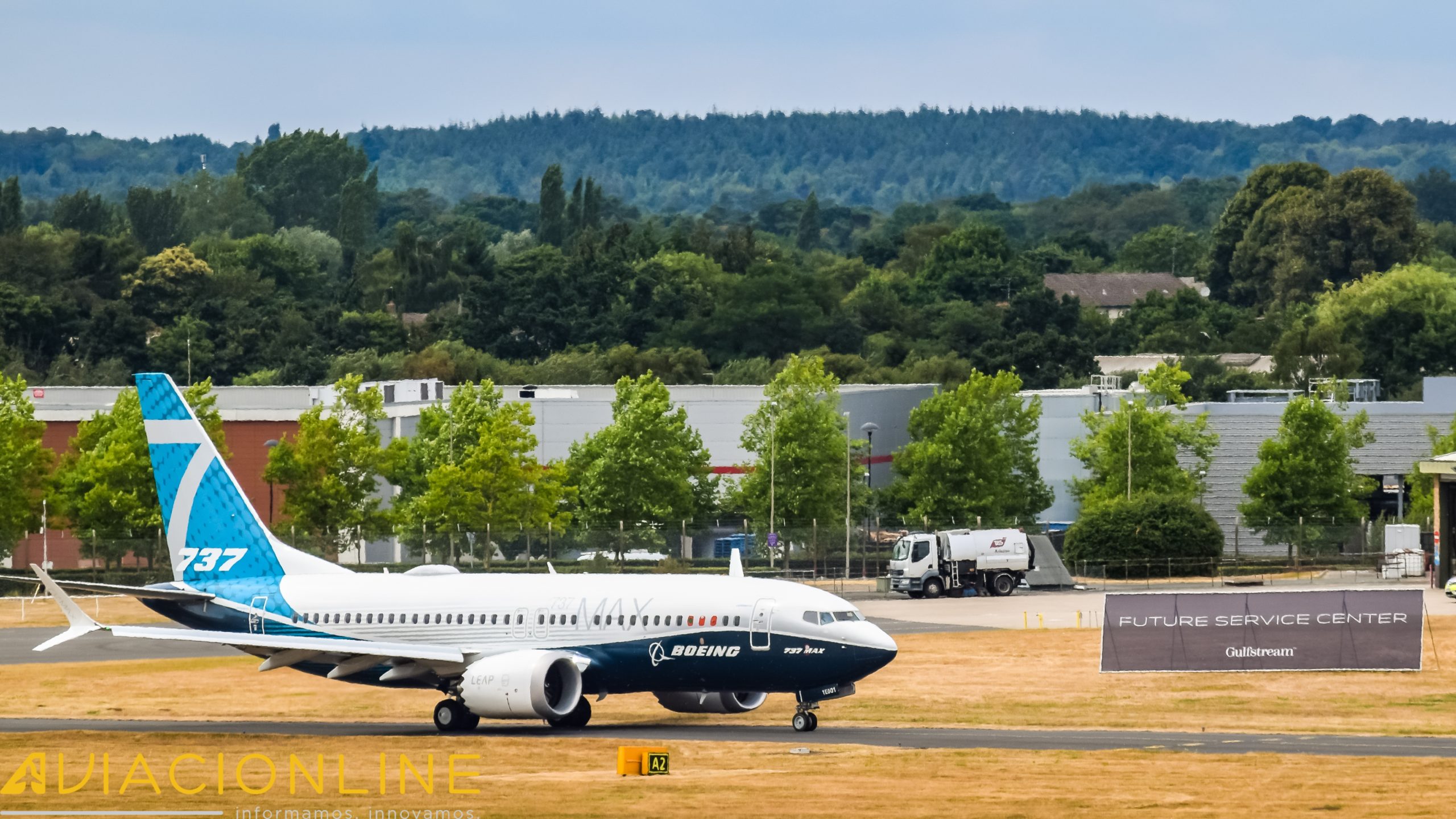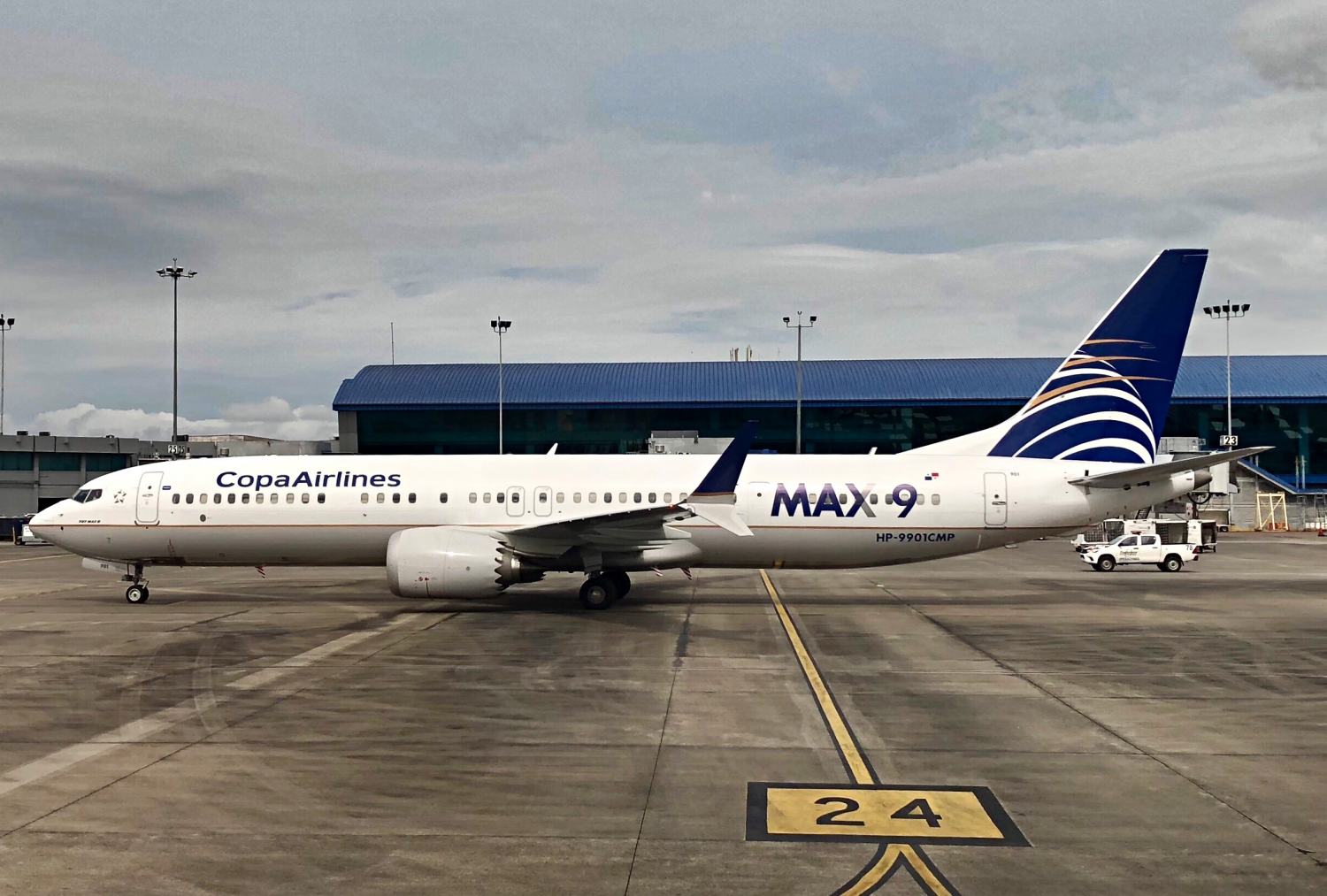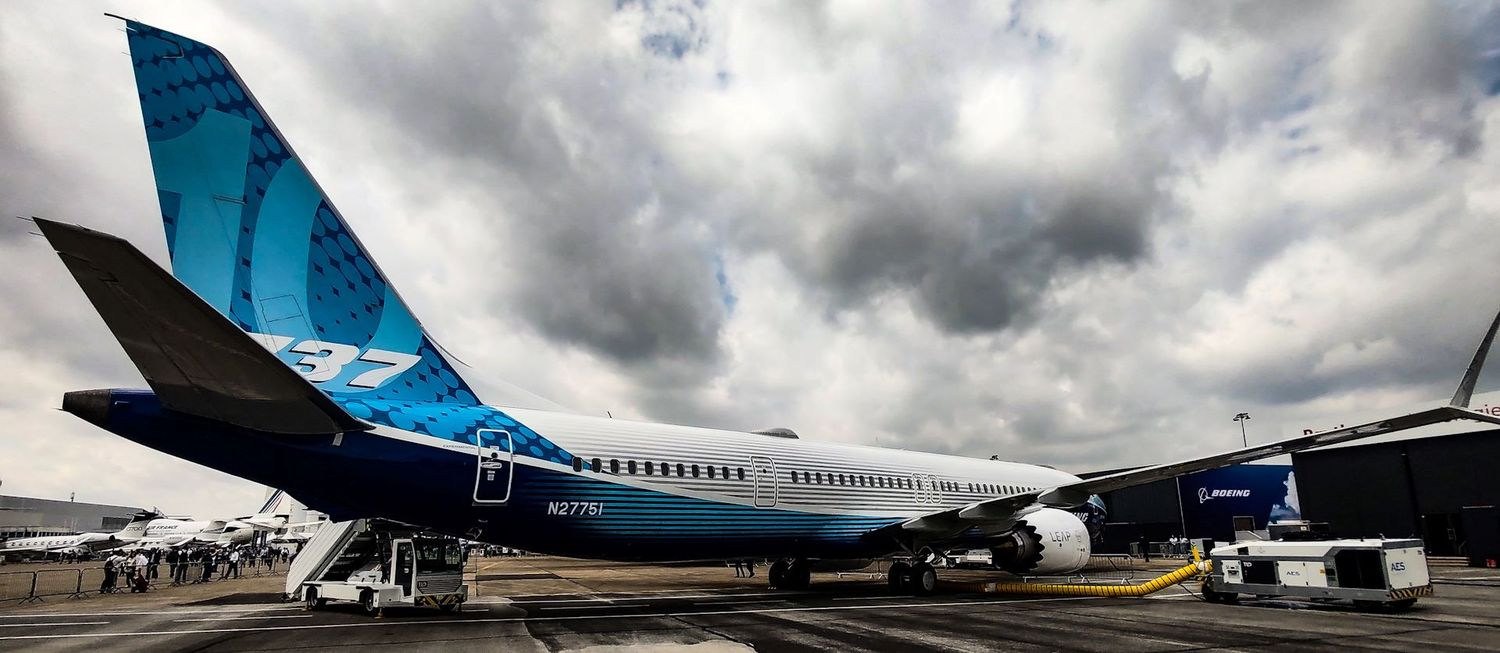Bigger is Better: Boeing 737 MAX Series Breakdown Reveals Market Preference for Larger Variants
Boeing’s recent disclosure of the 4,339 gross unfilled 737 MAX orders, revealing a model-by-model breakdown, paints a picture of challenges and triumphs in the company’s portfolio. An article signed by Dominic Gates for The Seattle Times delves into the significant aspects of these numbers, including the looming certification of the -10 and the competitive landscape with Airbus.
The Boeing -10 737 MAX variant stands out with its impressive sales record. Designed to hold up to 230 seats, this jet won’t be FAA-certified until next year but has already amassed over 800 unfilled orders as of July. The success of the -10 underscores Boeing’s urgency to have it certified. An internal projection cited by Gates suggests it will enter service by mid-next year.

Existing Models and Orders
- -8: The heart of the MAX order book, configured with 172 seats by American Airlines, for example, with nearly 1,000 delivered and over 2,700 unfilled orders.
- -8200: High-density 200-seat version, designed for Ryanair, with 124 delivered and 344 unfilled orders.
- -9: 187 already delivered, with 137 unfilled orders.
- -7: Smallest model, not yet certified, with 297 unfilled orders, with nearly two-thirds destined for Southwest.
The official backlog of 3,839 aircraft is slightly lower due to uncertainties in some contracts, particularly involving Chinese airlines.
737-7: Southwest’s Prodigal Son

As the market begins to recover from the pandemic, there’s been a noticeable shift in what airlines are seeking. The smaller variant of the 737 family has moved towards a quasi-niche approach, as operators are finding that the standard -8 variant offers similar performance but with more seats, allowing for a more efficient distribution of costs.
The fate of the 737-7 is closely tied to Southwest’s decisions, much like Emirates with the 777X. It wouldn’t be entirely surprising if the carrier opts to switch orders to the -8 variants. Since the production lines for these models are interchangeable, making such a change shouldn’t present an issue. However, this variant does face the risk of being overshadowed by larger options, underscoring a potential challenge in the market.
737-9: Stuck In the Middle with You
The 737-9 presents an interesting conundrum: Why opt for this model over others like the -8200 or -10? In the standard three-class configuration, such as the one used by Copa Airlines in their -9s, the -10 version provides additional space and extra seating. On the other hand, the 8200 variant offers advantages in high-density configurations, with lower crew costs.

Consequently, the -9 finds itself trapped in an undesirable middle ground, failing to fully satisfy operators. It’s akin to being caught in a market within a market, neither here nor there, lacking the distinct advantages of its counterparts.
Competition with Airbus
Airbus remains ahead in orders and deliveries. However, Boeing may regain some ground due to a recent issue with Airbus engines disclosed in July. The Boeing 737 MAX family faces tough competition with Airbus’s A320 family, but the recent Raytheon quality problem on Pratt & Whitney GTF engines might slow Airbus’s progress, giving Boeing a window of opportunity.
Boeing’s Deliveries and Orders in July
In July, Boeing delivered 32 single-aisle 737 MAXs, four widebody 787 Dreamliners, six widebody freighter jets, and finalized 52 net new orders. Among them, United Airlines took delivery of nine MAXs, Southwest seven, and Ryanair four. Also, 39 widebody 787 Dreamliners were ordered by Saudi Arabian Airlines.
Overall Market Dynamics
Both Boeing and Airbus have wrestled with post-pandemic supply chain shortages and manufacturing defects. Airbus now faces challenges with its Pratt engine, whereas Boeing’s 737 MAX, powered exclusively by the LEAP, remains unaffected.
Airbus’s A320neo family’s gross backlog stands at over 6,700 aircraft, with the A321neo being a hot seller. However, the lack of A319neo sales and the introduction of the A220 have streamlined the Airbus single-aisle jet family to two essential models.
Boeing, though lagging in total orders, offers a broader range, with the -7 and -9 adding to the options attractive to airlines. With the certification of -10 and -7, Boeing hopes to boost sales further.
The detailed breakdown of Boeing’s 737 MAX series unveils both the triumphs and the challenges ahead. The -10 appears as a shining star, symbolizing potential growth for Boeing, while competition with Airbus remains a complex landscape.


Para comentar, debés estar registradoPor favor, iniciá sesión